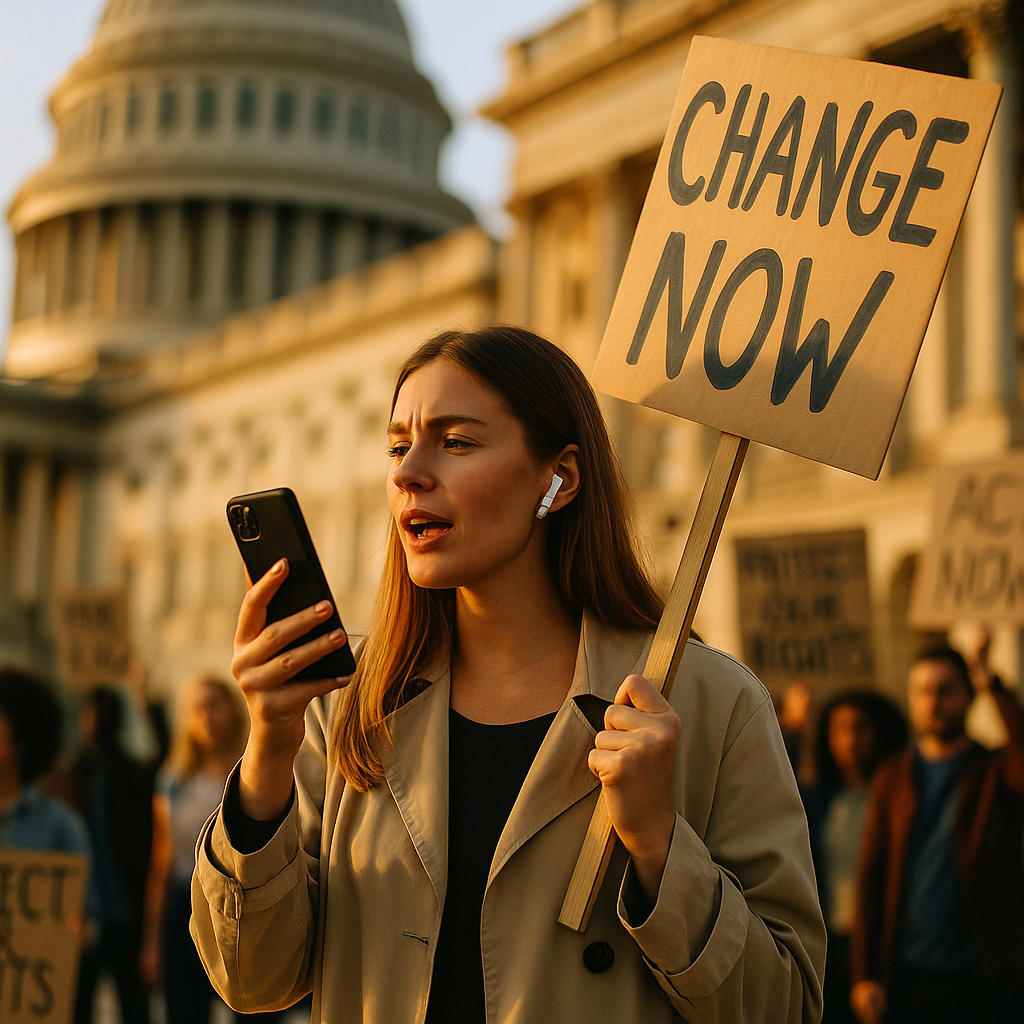In today’s dynamic digital landscape, brands increasingly leverage influencers for strategic goals beyond product promotion. This case study on how a brand used influencers to lobby for policy change reveals effective advocacy methods, blending authentic support with measurable impact. Discover how this innovative campaign unfolded and what it means for your brand’s strategy in 2025.
Understanding Influencer Advocacy for Policy Change
The growing importance of influencer marketing in 2025 has extended into the realm of policy advocacy. Brands have realized that influencers, with their trusted voices and engaged audiences, can amplify campaigns aiming to influence legislation and public discourse. For brands committed to social responsibility, this strategy bridges business interests with genuine community action.
Influencer advocacy seeks to:
- Raise awareness on complex issues through relatable storytelling
- Drive targeted messaging that inspires both grassroots and top-down change
- Mobilize specific demographics relevant to policymakers
Brands, thus, see influencers as invaluable partners in driving social progress while maintaining corporate reputation and compliance.
Identifying the Brand and Its Policy Objectives
For this case study, let’s examine the efforts of an eco-conscious beverage brand—“GreenSip”—striving to reduce plastic pollution by supporting a proposed single-use plastics ban. In 2025, GreenSip’s policy team identified a window of opportunity as lawmakers debated environmental legislation. Their primary goal: Rally public support to pressure legislators into passing the ban and encourage responsible consumption.
GreenSip’s objectives were clear:
- Increase public understanding of the plastics issue through credible voices
- Drive petition signatures supporting the ban
- Engage media and policy stakeholders via influencer-led storytelling
This targeted approach aligned GreenSip’s brand mission with a pressing legislative cause, enhancing both visibility and meaningful impact.
Executing a Winning Influencer Collaboration Campaign
GreenSip’s advocacy strategy began with careful influencer selection. Relying on data-driven insights and authenticity metrics, they partnered with eco-activists, sustainability educators, and lifestyle influencers whose beliefs resonated with the brand’s mission. Ensuring real alignment minimized the risk of backlash or perceived “greenwashing.”
- Micro-influencers (10k–100k followers) were chosen for their tight-knit communities and high engagement rates.
- Macro-influencers (100k+ followers) helped achieve mass awareness and cross-platform amplification.
Content guidelines emphasized transparency: Each post clearly stated the influencer’s paid partnership with GreenSip—a key factor in building trust. Storytelling included:
- Personal journeys of reducing single-use plastics
- Explainers on the environmental impact of plastic pollution
- Direct calls to sign the policy petition and message local representatives
Influencers also participated in live Q&A sessions, educational webinars, and on-ground rallies, enriching campaign content and community engagement.
Measuring Impact: Results and Key Metrics
To demonstrate campaign efficacy, GreenSip monitored both quantitative and qualitative metrics, applying the latest industry benchmarks for influencer marketing lobbying. Here’s a breakdown of their success:
- Petition signatures: Over 150,000 collected in three weeks—triple the target number.
- Social reach: 24 million impressions achieved across Instagram, TikTok, and X.
- Legislator engagement: Policy team recorded over 50,000 direct constituent messages to lawmakers, leading to official statements from several key senators.
- Media amplification: Influencer content was cited in over 30 digital articles and environmental news segments, increasing policy visibility in mainstream discourse.
Sentiment analysis also found that 82% of online mentions were positive or strongly supportive, indicating broad endorsement beyond GreenSip’s customer base.
Lessons Learned: EEAT Principles in Action
The campaign’s standout success was rooted in Google’s EEAT best practices—Experience, Expertise, Authoritativeness, and Trustworthiness. Here’s how GreenSip embodied these principles:
- Experience: Influencers shared real, lived experiences, making policy matters tangible for followers.
- Expertise: Sustainability experts and eco-scientists were featured, lending scientific credibility.
- Authoritativeness: GreenSip’s longstanding brand reputation and collaboration with national environmental NGOs validated the campaign.
- Trustworthiness: Full transparency on paid partnerships and campaign objectives fostered trust and minimized skepticism.
By balancing inspirational stories with actionable data, GreenSip’s approach empowered audiences to become advocates, not just passive observers.
How Brands Can Replicate This Influencer-Led Strategy
As more organizations recognize the influence of digital creators, the following best practices—drawn directly from GreenSip’s journey—can help your brand achieve similar lobbying outcomes:
- Map policy goals to influencer niches. Recruit those with a demonstrable passion and knowledge for the issue at hand.
- Prioritize authenticity and long-term relationships rather than one-off paid posts.
- Educate and equip influencers with reliable resources, data, and talking points to ensure accurate representation.
- Track and share impact using transparent metrics that matter—such as signups, legislative outcomes, and sentiment shifts.
- Engage with policymakers early and often, providing them with influencer-led content and constituent feedback that moves the needle.
With the right groundwork, influencer-driven advocacy can shape policies and public attitudes in 2025 and beyond.
FAQs: Influencer Campaigns and Policy Change
-
Can influencer marketing really impact policy decisions?
Yes. In 2025, policymakers increasingly consider digital campaigns and constituent messaging when evaluating legislation. Influencers help amplify these messages and mobilize public support for change.
-
What risks are involved in using influencers for advocacy?
Risks include potential backlash if campaigns feel inauthentic or if influencer values shift. Brands must prioritize transparency, regularly vet partnerships, and avoid “performative” activism.
-
How do you measure the success of advocacy campaigns?
Track metrics like reach, engagement, petition signatures, constituent messages sent to policymakers, and sentiment analysis. Evaluate both digital and real-world influence on legislative outcomes.
-
What makes an influencer campaign credible to audiences?
Authentic alignment with the issue, transparent disclosures, credible partners, and a commitment to long-term change—not just promotional content—build credibility.
-
Should brands collaborate only with large influencers?
No. Micro- and nano-influencers often have more trust and higher engagement within targeted communities, making their advocacy especially effective for niche policy issues.
In conclusion, influencer-driven advocacy is a powerful tool for brands seeking meaningful policy change. By fostering authentic partnerships, championing transparency, and measuring real impact, your brand can achieve both societal benefits and strategic objectives in 2025 and beyond.
